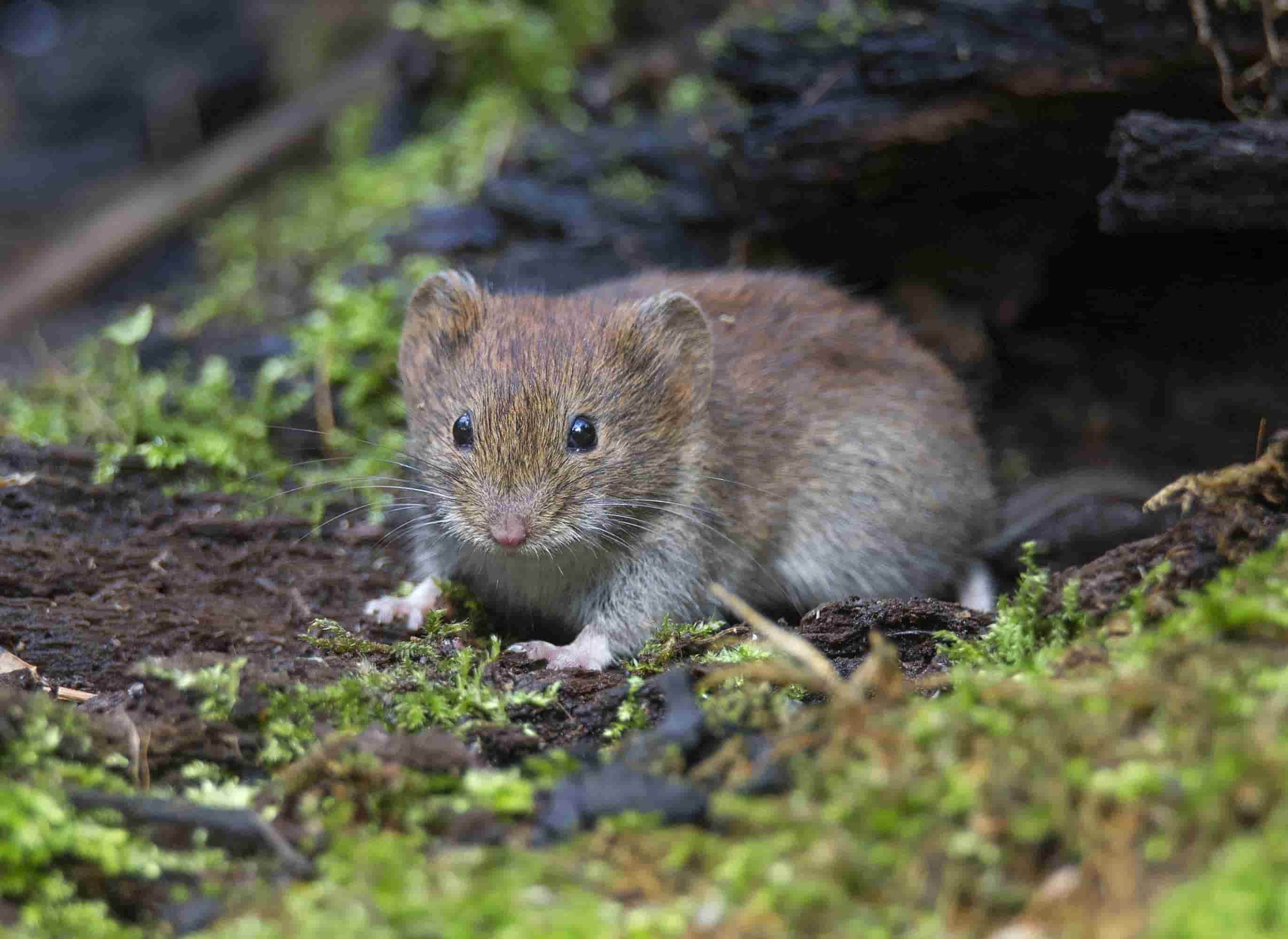Understanding Vole Yard Damage and Just How to Battle It
Understanding Vole Yard Damage and Just How to Battle It
Blog Article
Comprehensive Overview to Reliable Vole Pest Control: Problem Recognition and Treatment Methods
In the world of efficient insect control, vole invasions present a distinct difficulty that requires a calculated strategy. These tiny rats, frequently mistaken for computer mice, can damage yards, yards, and crops if left untreated. Recognizing the indicators of vole existence and carrying out targeted therapy techniques are important components of an effective bug administration plan. By discovering the nuances of vole behavior, understanding key indications of invasion, and examining an array of control alternatives, one can establish a detailed approach to deal with these elusive pests.
Comprehending Vole Actions
Vole actions is identified by their tunneling behaviors and quick recreation prices, making them a challenging pest to manage properly. These small rats generally develop complex tunnel systems underground, using them for shelter, food storage, and transportation. Voles are herbivores, eating a variety of plants, yards, bulbs, and origins, which can cause considerable damage to yards, orchards, and lawns. Their fast reproductive price more complicates control efforts, with women with the ability of generating multiple trashes in a solitary year, each consisting of a number of children.
Comprehending vole habits is crucial for reliable pest control methods. By recognizing their burrow locations, keeping track of feeding locations, and carrying out targeted control approaches, such as trapping or habitat alteration, vole infestations can be taken care of effectively.
Indicators of Vole Infestation

Avoidance Approaches
Implementing reliable prevention techniques is essential in lessening vole invasions and securing plant life from their harmful feeding behaviors. To protect against vole invasions, it is necessary to start by eliminating prospective food resources and shelter.
Consistently examining the home for indicators of vole task, such as runways and tunnel openings, is crucial for early discovery and punctual activity. If vole activity is thought, take into consideration using catches or repellents strategically put near their paths.
Non-Lethal Control Methods
To properly handle vole populations while focusing on gentle methods, non-lethal control methods provide useful options for reducing vole damages in landscapes and yards. One effective approach is making use of physical obstacles such as equipment cloth or cord mesh to protect prone plants. These barriers can be hidden at least 12 inches deep and curved at a 90-degree angle to avoid voles from burrowing underneath. In addition, environment modification can prevent voles by lowering their favored food resources and concealing areas. Preserving a well-mowed lawn, removing particles, and maintaining plant life cut can make the setting much less attractive to voles.

Lethal Control Options
One reliable approach for resolving vole infestations in gardens and landscapes entails the strategic use of dangerous control alternatives. When encountered with a serious vole problem that non-lethal methods have fallen short to include, implementing deadly control steps comes to be important. One commonly utilized dangerous control option is the usage of snap traps. These catches are designed to swiftly and humanely eliminate voles go to this web-site upon activation, making them a prominent choice for lots of gardeners and landscaping companies. To boost the efficiency of breeze traps, it is recommended to place them in locations where vole task is high, such as along paths or near burrow entryways. One more deadly control option is the use of poisonous baits specifically created to target voles. These baits have poison that is ingested by the voles, causing their ultimate death. Caution should be exercised when utilizing hazardous lures to stop injury to non-target pets or pet dogs. Overall, when employing deadly control options, it is vital to do so properly and based on regional guidelines to properly take care of vole infestations.
Conclusion
In website here conclusion, reliable vole parasite control calls for a detailed understanding of vole habits, identification of indicators of problem, implementation of prevention methods, and application of both non-lethal and deadly control methods. By incorporating these methods, people can successfully manage vole populaces and shield their property from damages. It is essential to resolve vole problems promptly to protect against additional concerns and lessen the effect on the surrounding atmosphere.
Provided the detailed tunnel systems and fast recreation rates characteristic of voles, identifying the signs of vole problem becomes crucial in efficient bug control. One of the main indications of vole visibility is the visibility of surface area paths or tracks in grass or snow, generally regarding 1-2 inches broad, developed as voles travel between their burrows and food sources.To successfully take care of vole populaces while focusing on gentle methods, non-lethal control methods use practical solutions visite site for minimizing vole damages in yards and landscapes.One effective technique for resolving vole invasions in landscapes and gardens includes the critical use of deadly control alternatives. vole yard damage.In conclusion, reliable vole bug control needs a comprehensive understanding of vole actions, identification of signs of problem, implementation of prevention methods, and application of both dangerous and non-lethal control approaches
Report this page